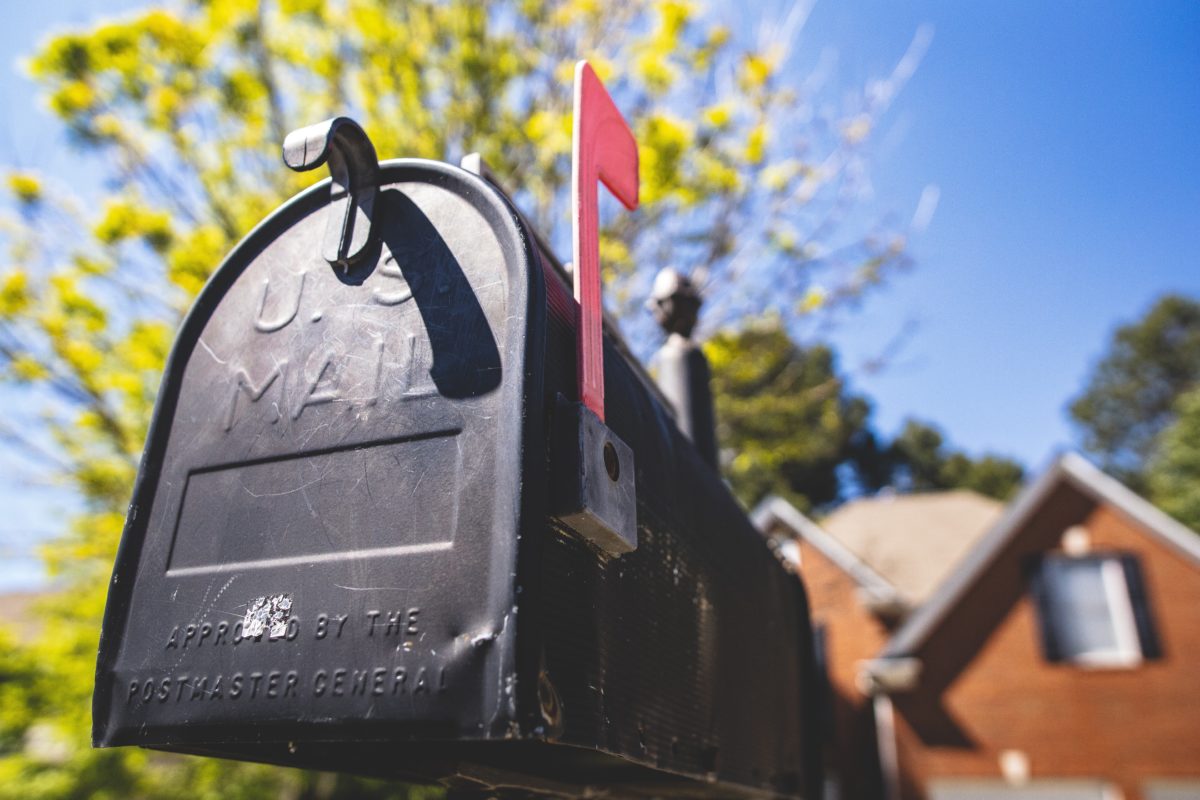Which sounds better: a package delivered to the office filled with branded swag or a LinkedIn post announcing your newest product launch? The answer is, hands down, the former. Why? Because there’s something truly special about a personal touch—it’s more genuine, and it gets people excited about your brand in a way that makes you stand out. These days, it may seem impossible to send direct mail to clients, namely because we’re all operating out of our home offices, but Dan Frohnen, the CMO at Sendoso, disagrees.
With physical conferences and events canceled worldwide, he argues, this is the perfect moment to distinguish yourself as a helpful, empathetic brand instead of getting lost in a sea of mass emails and social posts. In the interview below, Dan discusses the ways companies can use direct mail in the current climate, and if you want to learn how this translates into demand generation down the road, check out our 6 tips for B2B Brand demand gen, here.
Is direct mail still a viable channel at this time?
Absolutely. What we’ve found is that now, more than ever before, people are receptive to having conversations with brands that come across as helpful and empathetic. Long gone are the days of anyone thinking that a batch and blast will be accepted and have an impact. Some of our top sends during these times have been virtual care packages via grocery and food delivery services so their customers can support local businesses while self-quarantined; gifting subscriptions to streaming platforms, podcasts, magazines, or educational services to keep people engaged and entertained; and customized eGift choices that allow customers to select what is most relevant and important to them—including the option to donate to charity.
What should we be sending in the current climate?
A swag bomb with a bunch of branded swag to share around an office will not have the same impact when sent to someone’s home…you can’t really share branded T-shirts, cup holders, and water bottles with your cat or significant other and get super excited the same way you would with an entire team. Concepts that are really resonating right now include video mailers (a box with a personal video message and marketing collateral/giveaway), conference in a box (all the collateral/giveaways a prospect would have received at an event, plus a thoughtful handwritten note), and more personal items that a lot of our senders have always done based on what they know about the person in question.
Are people sending care packages?
Absolutely. One of our customers is sending out work from home care packages to their target accounts that include a coffee mug, a snack pack, a printed blog post with #WFH tips, and a “Do Not Disturb - Genius at Work” door placard so the kids know when mom or dad is in a meeting. They want to let their prospects know that they are well aware of the current environment and are there to support them in any way they can, they’re using it as both a thoughtful follow up to meetings and a warm touch to start conversations. Like most of us, customers have had to pivot their programs to digital for the next two months, but they’re getting creative with ideas like substituting a winery tour with a wine.com eGift card for a virtual meetup.
What if customers don’t want to receive packages to their homes?
At this point, anything is possible. The drastic change in the number of faces we get to interact with on a daily basis will surely result in a desire for more human contact, so a thoughtful direct mail piece or personalized gift might offer not only relief from digital interactions but also a sense of connection happening in the real world. Of course, we need to respect the boundaries between professional lives and personal lives. That’s why it’s critical to create an experience where your recipient can opt int to having something shipped to their home address. You can do that with a quick email asking them to confirm the best address, a landing page offer with a form fill to collect information, or our new Address Confirmation feature.
How long does it usually take to prepare one of these sends?
Although there are many variables that might affect carriers like vendor supply/speed or weather conditions, the typical time range from concept to arrival is about 2-3 weeks. Branded items take approximately 2 weeks. Printed collateral can take about 3-5 days. Non-branded items can be anywhere from 2 days to 1 week. Perishables vary by vendor—some only ship on certain days—but turnaround times range from 3 days to 2 weeks. eGifts, of course, are instant. And even if your package arrives too late, thoughtful and meaningful outreach is always appreciated.
What’s the best way for B2B marketers to generate interest during this #WFH period?
My #1 advice to B2B marketers is to be hyper-relevant. Lean into what your customers and prospects are thinking and feeling only a daily basis and be helpful. That’s all we can do right now, educate, and enable each other through this time. When people are ready to buy, they will, and it will be from the companies that took the helpful, educational, and relevant approach. To weather an economic downturn, only do the things that matter. Now is the time to cut anything in your programs that do not have immediate ROI. Additionally, take this time to get outside of the box. Experiment with concepts and try things that have always been on the back burner. You might be surprised at the results.

